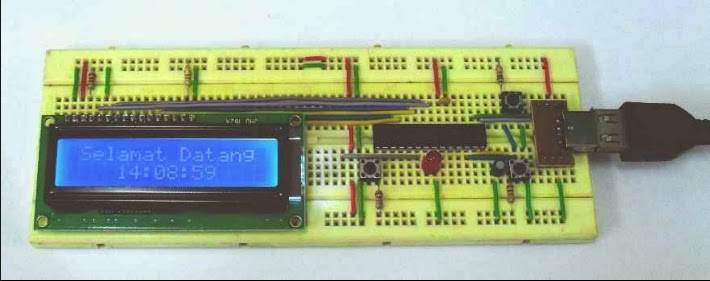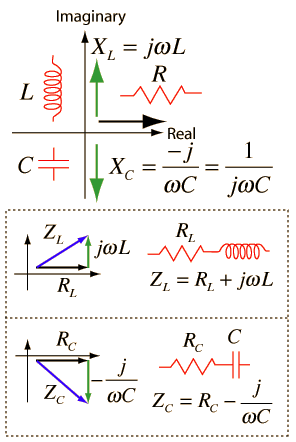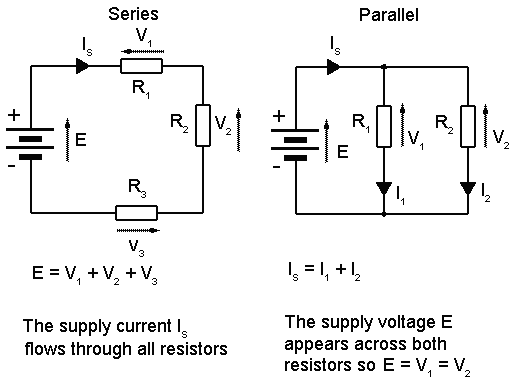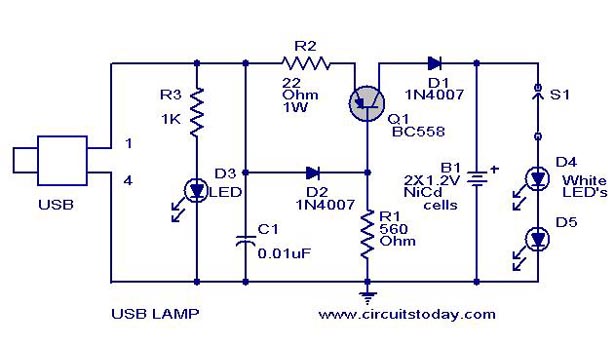Tadaima :) Really tired for this week. Since we have wonderful trip, I feel it's worth for being tired. The journey also makes me feel impatient..it's a long journey, but quite valuable.
OK. Back to the story. Last Tuesday, on 27th November, we have a trip to Canon Opto Malaysia, also known as COM, situated at Shah Alam, Selangor Darul Ehsan. We went there by 2 buses, since almost 60 students are involved. At that time, I feel really excited because we are going to visit its factory. It means, I can see many workers and also equipments involved in order to produce a good camera.
After we reached there, there are many staff that greet us with a warm smile. We also invited to take a picture together. There are many of them bring along together their camera to take the picture of buildings and also the factory. After taking picture session was over, we were invited to main hall. At there, we were given some explanation, rules and regulations that we must obey.First of all, we are given a speech by the representative of Canon Opto Malaysia, Puan Zarina. After that, she invite the one of an engineer there to give us some explanation about rules and regulations that we must obey to avoid any accidents happen. Since there are many place involved in the factory, we are having two session in order to visit almost all the place. Some of the place is very unique, such as Water Treatment Plant that divided two 4 phases in order to make it functions well. Besides, for second session, we visit the factory that produce camera. This factory also divided into sub-phases, such as making lens, making body of camera and also alignment for sharp image. We also are given a chance to see the region where they do the alignment for the image formed.
Also, we are having a great time when we are introduced to some code for latest camera like ec355 and ec319. Both of theses code are for digital camera, not the DSLR one.
 Digital camera |
 |
| DSLR camera |
After we were having fun with our visit, we were back to main hall. There are all the staffs and engineers, waiting for us to briefing what we have visit before. Puan Zarina also had delivered souveniers to all of the students involved. We were also very happy because all of the students and staffs show their commitment along the process while being there.
"The happiest of people don't necessarily have the best of everything; they just make the most of everything that comes along their way." - Karen S. Magee
- Thanks a lot to Dr. Kamal and En. Redzuan =) -


















_PAS_stain.jpg)













.jpg/170px-Transistorer_(croped).jpg)




